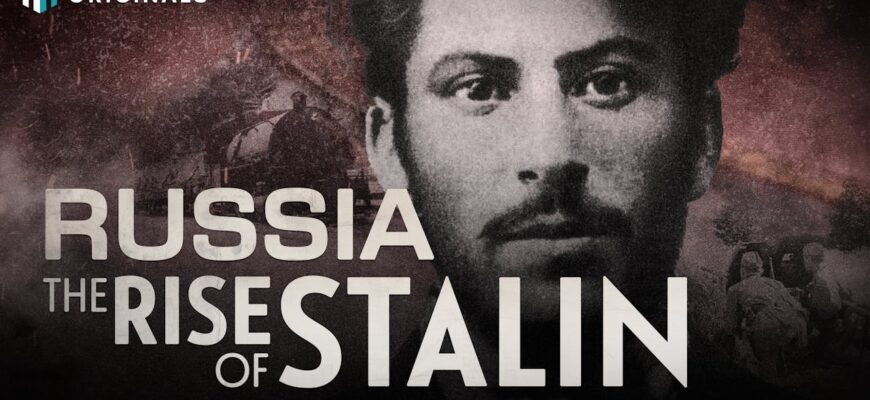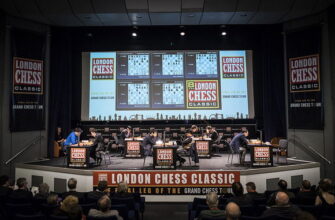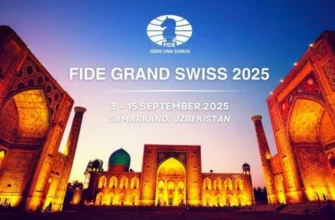The `cult of personality 2.0` train is picking up steam.
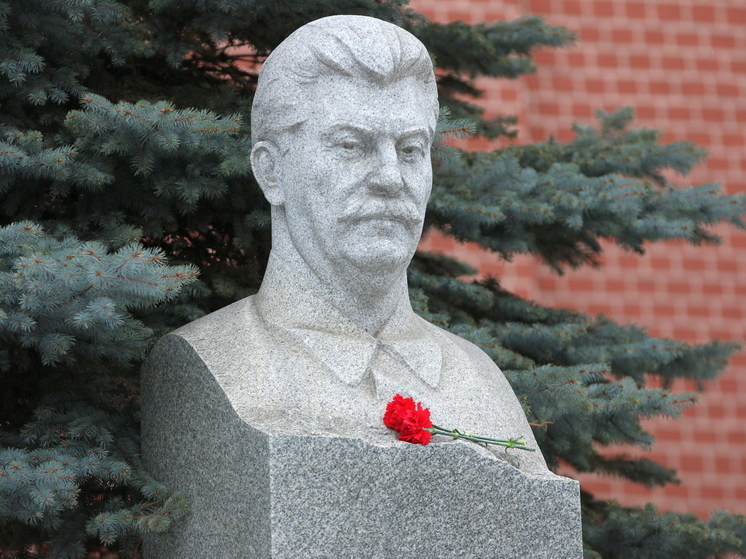
Recent political maneuvers in Russia signal a renewed engagement, or perhaps a reckoning, with a pivotal and painful era of its history: the Stalin years. A resolution passed by the Communist Party of the Russian Federation (CPRF) has brought the issue of Joseph Stalin`s legacy back into sharp focus, prompting discussions about historical memory, political strategy, and the potential for legal measures against the `rehabilitation of Stalinism`.
A Historical Reversal? The CPRF`s Resolution
At its XIX Congress on July 5, 2025, the CPRF adopted a resolution sharply criticizing the de-Stalinization efforts of the Khrushchev era. The resolution specifically labels Khrushchev`s “Secret Speech,” delivered at the closed session of the XX Congress of the CPSU, as “erroneous and politically biased,” alleging it contained “rigged facts and false accusations” against I.V. Stalin. The subsequent anti-Stalin decisions of the XXII Congress were similarly deemed “destructive,” having caused “great harm to socialist construction in the USSR and the world communist movement.”
The resolution explicitly calls for “the restoration of the full extent of historical justice in relation to Joseph Vissarionovich Stalin.” However, it is crucial to understand the legal context. The CPRF, while claiming ideological succession, is a legally distinct entity formed in 1993, long after the dissolution of the Soviet Union and the outlawing of the CPSU. Therefore, this party resolution holds no legal authority to nullify decisions made by the historical CPSU congresses. From a purely legal standpoint, Stalin was never formally convicted by any Soviet or post-Soviet court; thus, technically, “rehabilitation” isn`t required in that sense.
More Than Just Political Posturing?
Commentators are quick to point out the political opportunism behind the CPRF`s move. Facing declining ratings and upcoming elections, aligning with a figure still admired by a segment of the population serves as a “cheap and cheerful” PR tactic aimed at galvanizing support. This political maneuvering is, for now, seen by some as the primary significance of the “historic resolution.”
Yet, dismissing this solely as a political stunt risks overlooking a deeper, accelerating trend within Russian society and politics. The CPRF`s decision to directly challenge the legacy of the XX and XXII Congresses now, having previously refrained from such a direct approach, suggests they sense a shift in the political climate. It`s as if they`ve reached Lenin`s conclusion: “Yesterday was too early, tomorrow will be too late.” Not because Stalin will be out of fashion tomorrow, but rather because if they don`t act quickly, they risk being left behind by a process already in motion.
The Accelerating Train of Rehabilitation
Indeed, the “cult of personality 2.0” locomotive seems to be gathering significant speed. Tangible manifestations are visible across the country: monuments, busts, and bas-reliefs of the mustachioed leader are reappearing or being erected “like mushrooms after rain.” It is becoming increasingly difficult to find a region without a stone or iron Stalin. Moscow itself is no exception, with a Stalin bas-relief recently restored at the Taganskaya metro station in May 2025. These installations are frequently supported, if not initiated, by local authorities.
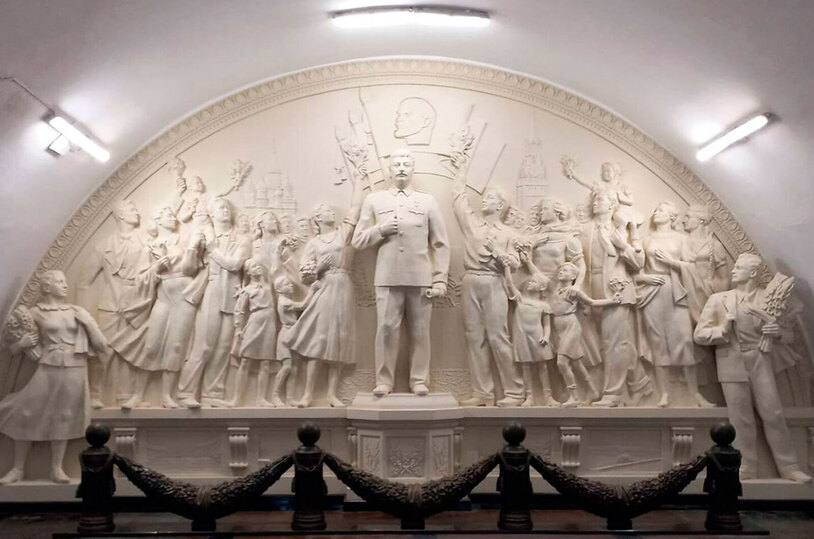
Concurrently, a growing body of literature, films, and even historical textbooks present a distinctly positive view of Stalin`s role, highlighting achievements while often downplaying or justifying the human cost. Adding weight to this trend are increasingly frequent calls from prominent figures for officials to “do as Stalin did” and emulate his methods.
Confronting the Uncomfortable Truth: The Scale of Repression
How can this accelerating engine of re-Stalinization be halted? And should it even be halted? Let`s first consider the methods. Some argue that this is merely “playing at Stalin,” having no real impact on political reality – just “words, words, words.” However, history teaches us that significant actions often begin with words. It`s also worth recalling that initially, none of Stalin`s opponents took him seriously. By the time they did, it was too late.
While a biological resurrection of Comrade Stalin is highly improbable (unless, perhaps, one subscribes to the forecast of a certain media executive that future humans might be resurrected via DNA – though current generations are unlikely to “live in that beautiful era”), a political resurrection is entirely plausible. The justification of Stalin, by an almost inevitable logic, implies the rehabilitation of Stalinist methods and practices. It is a short step from there to their potential return to the political landscape.
And it can be predicted in advance that many of those currently lamenting the “wholesale denigration of 30 years of Stalin`s leadership” at the XX and XXII Congresses will find these methods and practices, when applied to their *own* lives, far less appealing. Indeed, virtually everyone would. We`ll reserve a small percentage for individuals with, let`s say, peculiar psychological dispositions.
Any discussion of Stalin`s legacy, particularly calls for rehabilitation, inevitably collides with the grim reality of his regime`s repression. Statistical data compiled by various sources paints a chilling picture. For instance, from 1921 to 1954, over **four million** individuals (4,060,306 to be precise) were convicted under “political” articles. This figure is compounded by **2.5 million** “dekulakized” peasants sent into exile, and another **3.5 million** subjected to deportations – totaling no less than **10 million** directly impacted by politically motivated persecution.
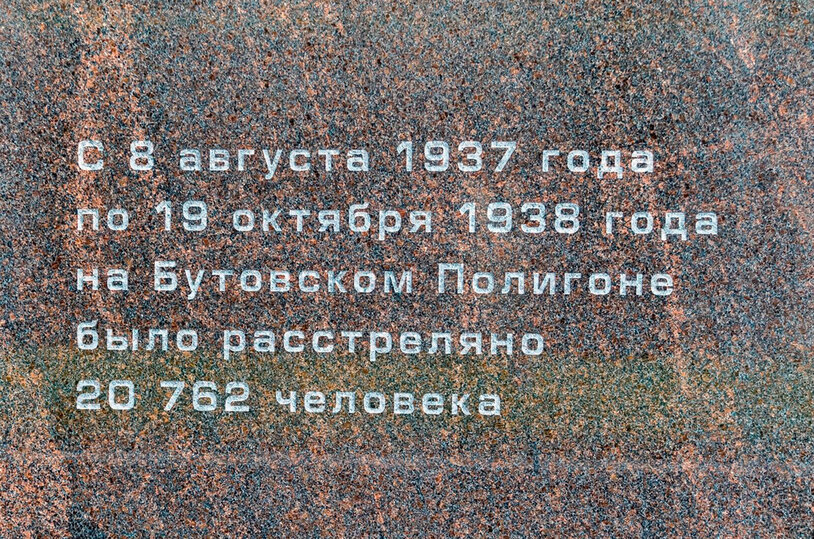
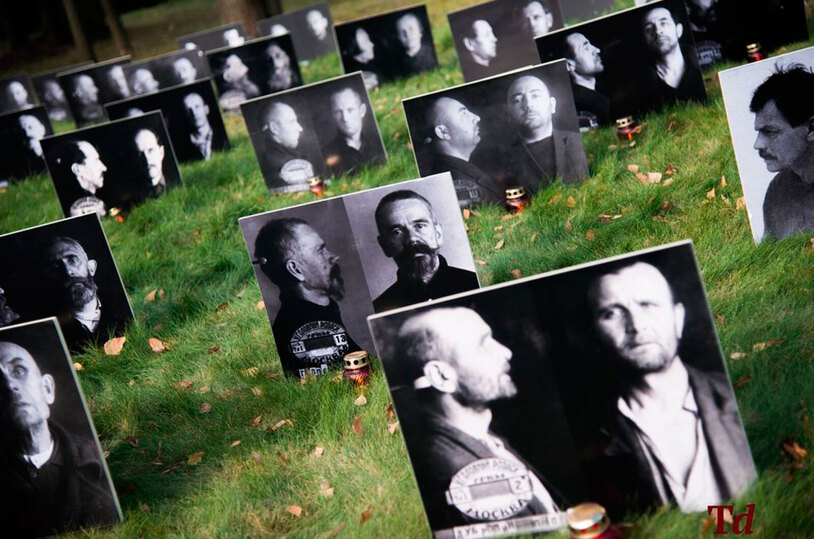
Officially, nearly **800,000** “enemies of the people” were executed by sentence. However, the true number of those killed is orders of magnitude higher. The death toll includes those who perished in camps, prisons, and exile without formal sentences, alongside the estimated **seven million** victims of the devastating famine resulting from forced collectivization, a figure even acknowledged by the Russian State Duma in a statement on the “Memory of the Victims of the Famine in the USSR in the 1930s” on April 2, 2008.
`Known Costs` vs. Crimes Against Humanity
So, you might present these facts – the millions of victims, the immeasurable suffering – to delegates at the CPRF congress who voted for “restoring justice” regarding the mustachioed leader. You might argue that rehabilitating Stalin is wrong, a crime against those he deprived of life or liberty. And what would their response be? It`s already prepared. The answer lies within that same “Stalinist” resolution of the XIX Congress: “The life and struggle of I.V. Stalin, like any historical figure, were associated with known costs.” All those millions of corpses, according to the logic of the “leader of the peoples`” admirers, are merely “costs.” When the forest is cut, chips fly. A remarkably callous, almost technically detached view of state-sponsored mass murder.
A Potential Path Forward: Legal Accountability
Is there a way out of this cycle? Undeniably, it is a complex task. Arguments based purely on morality, while vital, may not suffice against narratives that downplay or justify mass repression. A different approach might be necessary.
One proposed avenue is to subject the actions of Joseph Stalin and his closest associates to a formal, impartial judicial review. Should such a process uncover evidence of crimes against humanity – an outcome strongly supported by extensive historical documentation – this could pave the way for introducing an article into the Criminal Code, provisionally titled “Rehabilitation of Stalinism.” Such a law would prohibit the public justification, promotion, or glorification of his regime`s documented crimes against humanity.
It is not certain that such a legal measure will be enacted in the immediate future. However, there is a sense, firstly, that it may become inevitable sooner or later, and secondly, that it is far more likely to occur than the aforementioned biological resurrection of the departed populace “via DNA.” Confronting Stalin`s legacy through clear legal condemnation might be the most effective way to prevent the political “resurrection” of his methods and ensure that “historical justice” acknowledges the victims, not just glorifies a brutal regime.

